5 Proven Tips to Choose the Best Antibacterial Socks for Healthy Feet
Table of Contents
- Understanding the Importance of Antibacterial Socks for Foot Health
- Key Features to Look for in High-Quality Antibacterial Socks
- Exploring Different Materials for Effective Antibacterial Properties
- Choosing the Right Fit: How Size and Design Affect Comfort
- Maintaining Your Antibacterial Socks for Longevity and Performance
- FAQS
- Conclusion
- Related Posts
In the quest for optimal foot health, the importance of choosing the right footwear and accessories cannot be overstated. Antibacterial socks have emerged as a key player in maintaining healthy feet, especially given that studies show that bacterial growth in footwear can lead to various foot ailments, including athlete's foot and other infections. According to a report by the American Podiatric Medical Association, nearly 75% of adults will experience foot problems at some point in their lives, underscoring the need for effective preventive measures.
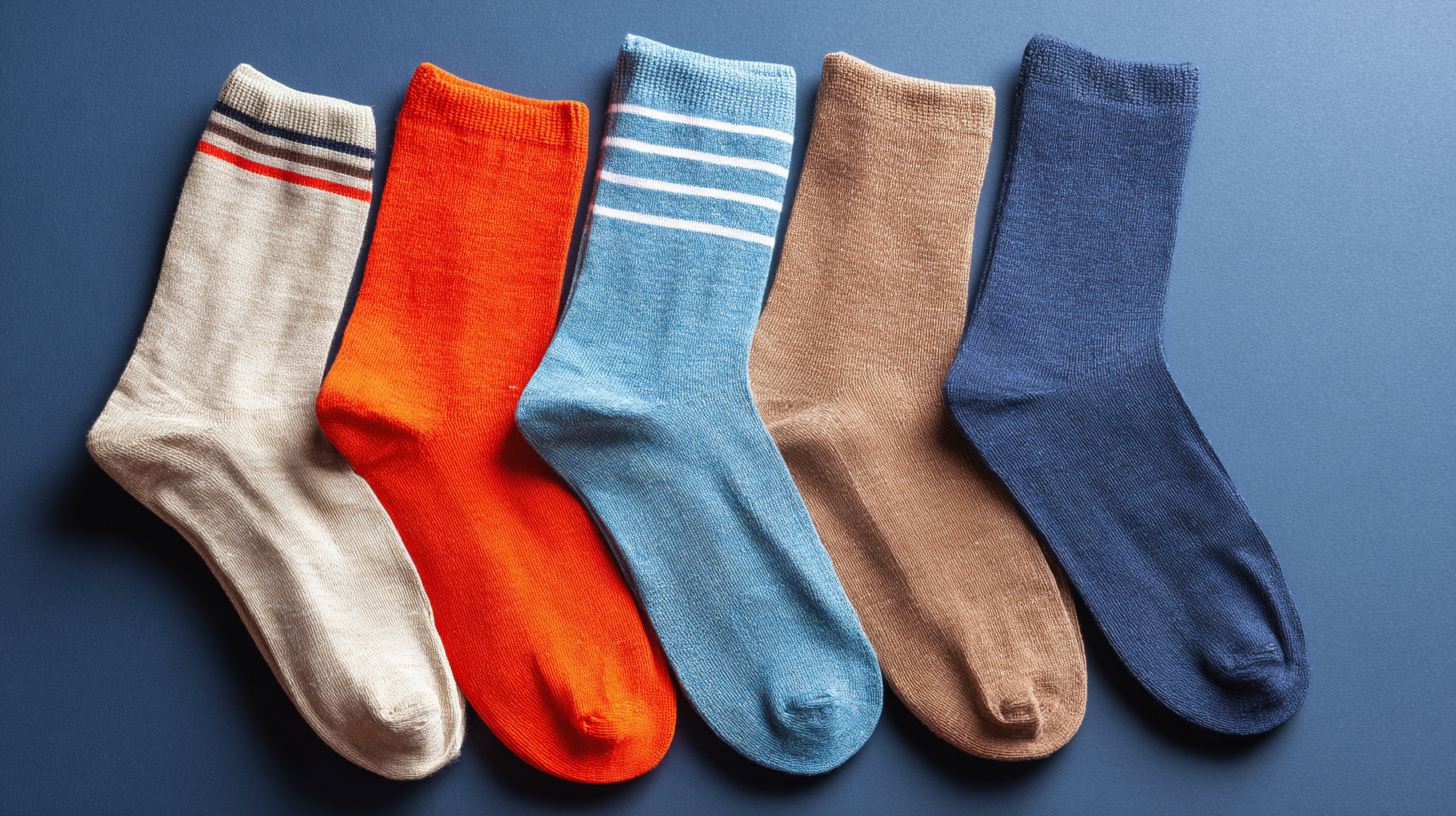
With advancements in textile technology, manufacturers like Shijiazhuang Shielday Technology Co., Ltd. are at the forefront of creating high-performance antimicrobial textiles designed to combat bacteria and odor. By understanding the features and benefits of antibacterial socks, consumers can make informed choices that promote foot health, ensuring comfort and hygiene throughout their daily activities.
Understanding the Importance of Antibacterial Socks for Foot Health
Antibacterial socks play a crucial role in maintaining foot health, particularly for individuals prone to sweaty feet or those with existing foot conditions. Research from the American Podiatric Medical Association indicates that around 70% of Americans experience foot problems at some point in their lives, many of which are exacerbated by inadequate hygiene and moisture retention. Antibacterial socks, designed with special fibers that inhibit the growth of bacteria and fungi, can significantly reduce the risk of infections and unpleasant odors, ensuring that your feet stay fresh and healthy throughout the day.
Furthermore, a study conducted by the Journal of Foot and Ankle Research highlighted that wearing antibacterial socks can lower the incidence of athlete's foot and other skin issues by up to 60%. This is particularly beneficial for athletes or individuals leading active lifestyles, as they often face higher exposure to pathogens from public gyms or sports facilities. By choosing socks with silver or copper fibers known for their antimicrobial properties, you not only protect your feet but also enhance overall comfort, enabling healthier feet in the long run.
Key Features to Look for in High-Quality Antibacterial Socks
When selecting high-quality antibacterial socks, it's crucial to consider key features that contribute to foot health. One of the primary attributes to look for is material composition. According to a study published by the Journal of Foot and Ankle Research, socks made from synthetic fibers such as nylon or polyester, combined with natural materials like bamboo, exhibit superior antibacterial properties compared to cotton. These materials help wick moisture away from the skin, reducing the risk of fungal infections by keeping feet dry.
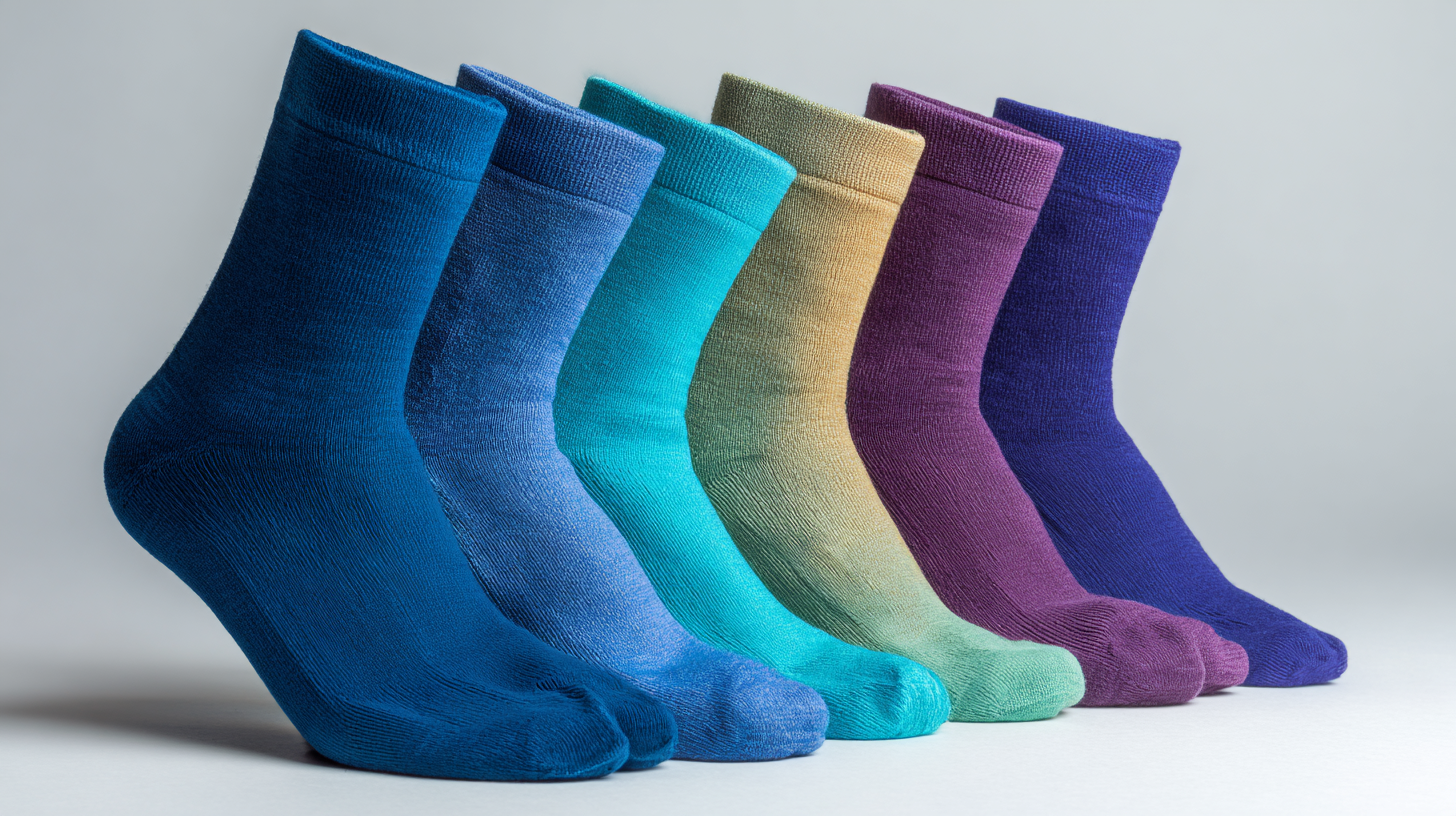
Another important feature is the level of cushioning and support provided by the socks. Research indicates that well-cushioned socks can significantly reduce the risk of blisters and foot pain, especially for individuals who spend long hours on their feet. The American Podiatric Medical Association recommends socks with strategic padding to improve comfort and enhance overall foot health. Additionally, look for socks that incorporate arch support and seamless toe designs to prevent irritation and provide a snug fit, ensuring optimal protection for your feet throughout the day.
Exploring Different Materials for Effective Antibacterial Properties
When selecting antibacterial socks, the choice of materials plays a pivotal role in their effectiveness. Natural fibers, such as merino wool, are known for their inherent antibacterial properties. According to a study published in the Journal of Applied Microbiology, merino wool can reduce bacterial growth by up to 50% within just a few hours of wear due to its natural moisture-wicking qualities and temperature regulation. This ensures that feet remain dry, limiting the environment in which bacteria thrive.
Synthetic materials like nylon and polyester, often infused with silver nanoparticles, also provide viable options for antibacterial socks. Research from the American Journal of Orthopedics indicates that silver-infused fabrics can significantly inhibit the growth of various bacteria, including Staphylococcus aureus, which is notorious for causing foot infections. These innovations highlight the importance of material composition in enhancing foot hygiene, making it essential for consumers to consider both natural and synthetic options when choosing antibacterial socks tailored for healthier feet.
Antibacterial Sock Material Effectiveness
Choosing the Right Fit: How Size and Design Affect Comfort
Choosing the right fit for your antibacterial socks is crucial not only for comfort but also for maximizing their health benefits. The size of the socks plays a significant role in preventing blisters and ensuring proper airflow to your feet. It's essential to select socks that fit snugly without being too tight. A good fit helps maintain stability and prevents the fabric from bunching up, which can lead to discomfort and friction, particularly during extended periods of wear.
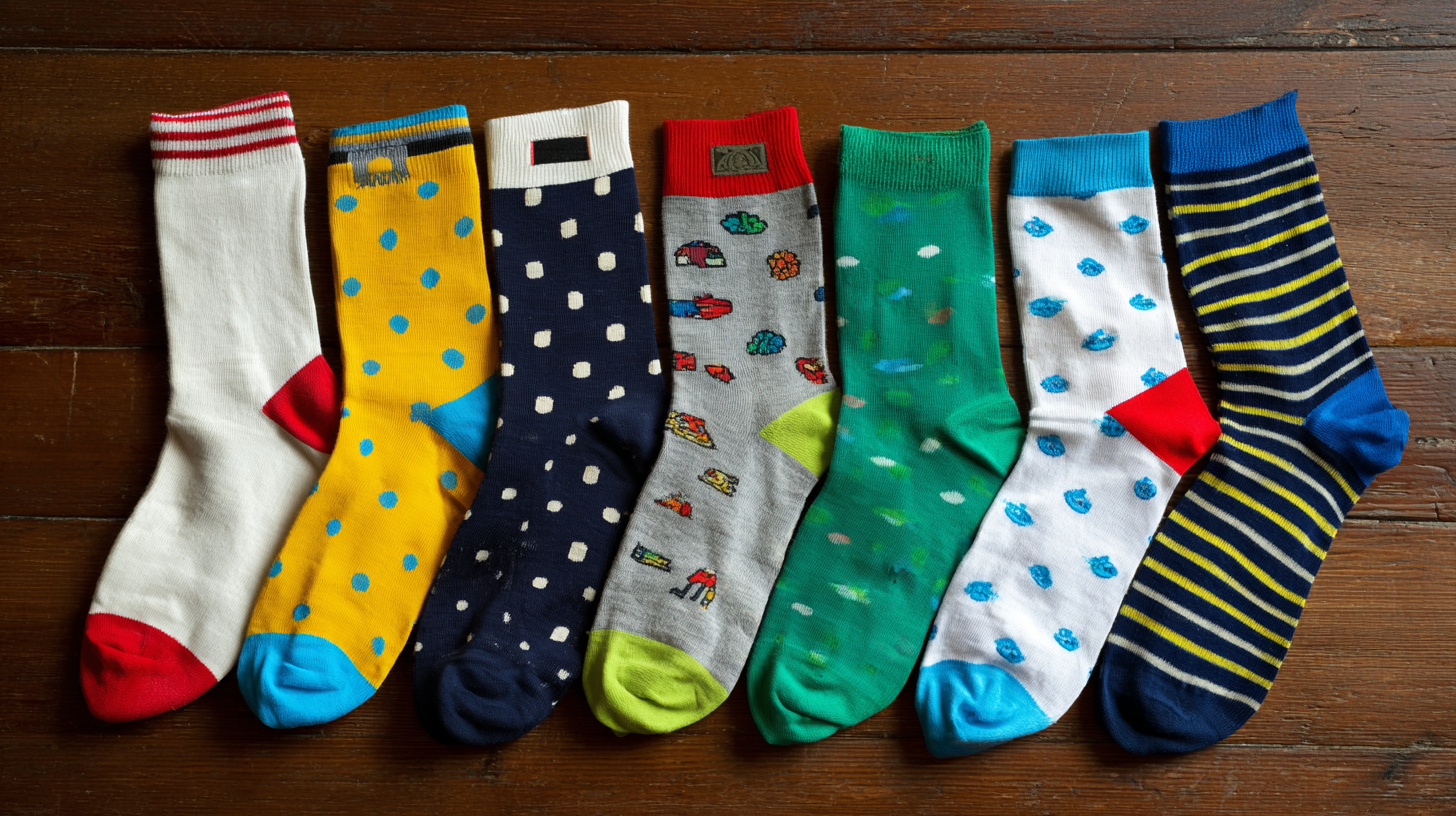
In addition to size, the design of the socks is equally important. Look for features like cushioning and arch support that cater to your specific activities, whether it’s daily wear, sports, or outdoor adventures. Some antibacterial socks come with padded zones that enhance comfort and reduce the impact on your feet. Additionally, consider the sock length and thickness; these factors can influence heat retention and moisture wicking, both of which are vital for maintaining foot health. Choosing a well-designed sock that meets your needs is essential for keeping your feet healthy and comfortable throughout the day.
Maintaining Your Antibacterial Socks for Longevity and Performance
When it comes to maintaining your antibacterial socks for longevity and performance, proper care is key. According to research from the Textile Research Journal, antibacterial treatments can effectively reduce odor-causing bacteria by up to 99.9%, but these benefits can diminish if the socks are not properly cared for. To maximize the lifespan of your socks, it's crucial to follow the manufacturer's washing instructions carefully, as excessive heat and harsh detergents can degrade the antibacterial properties.
Moreover, avoiding fabric softeners is important. A study published in the Journal of Applied Microbiology revealed that substances commonly found in fabric softeners can coat fibers, inhibiting their antibacterial efficacy. Additionally, to ensure optimal performance, it’s advisable to air-dry your socks instead of using a dryer. The heat from dryers can accelerate the wear and tear of the sock fibers, ultimately compromising their antibacterial capabilities. By taking these steps, you can enhance the durability of your socks and maintain their hygienic advantages, ensuring healthy feet in the long run.
5 Proven Tips to Choose the Best Antibacterial Socks for Healthy Feet - Maintaining Your Antibacterial Socks for Longevity and Performance
| Tip | Description | Material Type | Maintenance Tips |
|---|---|---|---|
| Choose the Right Material | Look for socks made from materials with natural antibacterial properties. | Merino Wool, Bamboo | Wash in cold water and air dry to preserve the material. |
| Select the Right Fit | Ensure the socks fit snugly but not too tight to prevent blisters. | Cotton Blends, Synthetic Fibers | Avoid wearing them in wet conditions to maintain elasticity. |
| Check for Moisture-Wicking Technology | Choose socks that wick away moisture to keep feet dry and prevent bacteria growth. | Polyester, Nylon | Use gentle detergents to maintain the moisture-wicking feature. |
| Look for Seamless Design | Seamless socks reduce friction which can lead to blisters. | Seamless Knits | Do not iron or use fabric softeners that can inhibit breathability. |
| Regularly Replace Your Socks | Antibacterial effectiveness can diminish over time, so replace them regularly. | All Materials | Check for wear and tear regularly and replace as needed. |
FAQS
: Look for socks made from synthetic fibers like nylon or polyester, combined with natural materials such as bamboo, as they exhibit superior antibacterial properties compared to cotton.
Antibacterial socks wick moisture away from the skin, keeping feet dry and reducing the risk of fungal infections.
Well-cushioned socks can significantly reduce the risk of blisters and foot pain, providing comfort, especially for those who spend long hours on their feet.
Look for socks with strategic padding, arch support, and seamless toe designs to prevent irritation and ensure a snug fit.
Follow the manufacturer's washing instructions, avoid excessive heat and harsh detergents, and air-dry your socks to preserve their antibacterial properties.
Fabric softeners can coat the fibers of socks, inhibiting their antibacterial efficacy and reducing their effectiveness.
The heat from dryers can accelerate wear and tear of the sock fibers, compromising their antibacterial capabilities.
Antibacterial treatments can reduce odor-causing bacteria by up to 99.9%, but proper care is necessary to maintain their effectiveness.
Strategic padding improves comfort, minimizes the risk of blisters, and supports overall foot health during prolonged wear.
Prioritize material composition, cushioning, support features, and designs that prevent irritation for optimal foot health.
Conclusion
Choosing the right antibacterial socks is essential for maintaining healthy feet. These specialized socks play a crucial role in preventing bacterial growth, which in turn helps to combat foot odor and infections. Key features to consider include moisture-wicking abilities, breathability, and the materials used, as they significantly affect the effectiveness of antibacterial properties. It's also vital to select the right fit, as discomfort can lead to various foot-related issues.
At Shijiazhuang Shielday Technology Co., Ltd., we understand the importance of high-performance textiles in improving foot hygiene and comfort. Our advanced knowledge in smart textiles ensures that our antibacterial socks meet the highest quality standards, providing exceptional performance and longevity. Proper maintenance of these socks is equally important for their durability, so always follow care instructions to enjoy the benefits of antibacterial properties for a longer time.
Related Posts
-

How to Choose the Right Antibacterial Sock for Ultimate Comfort and Protection
-
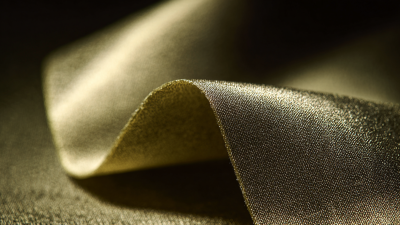
Ultimate Checklist for Sourcing the Best Silver Conductive Fabric Worldwide
-
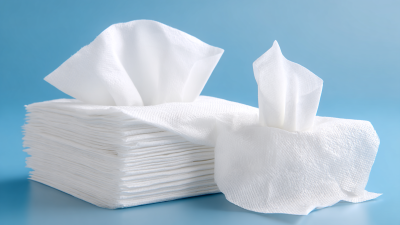
Common Issues with Wet Wipes Nonwoven Fabric You Need to Know
-

Unlocking the Advantages of Steel Microwire in Modern Applications
-
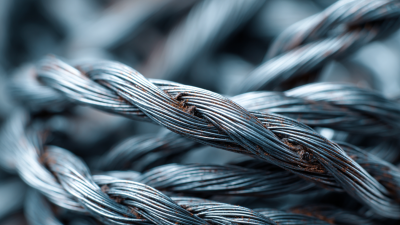
Essential Insights: Your Comprehensive Guide to Metal Gimped Wire Applications and Benefits
-

Unmatched Manufacturing Excellence: Discover the Best High Temp Resistant Sleeves from China's Leading Factory
Blog Tags:

